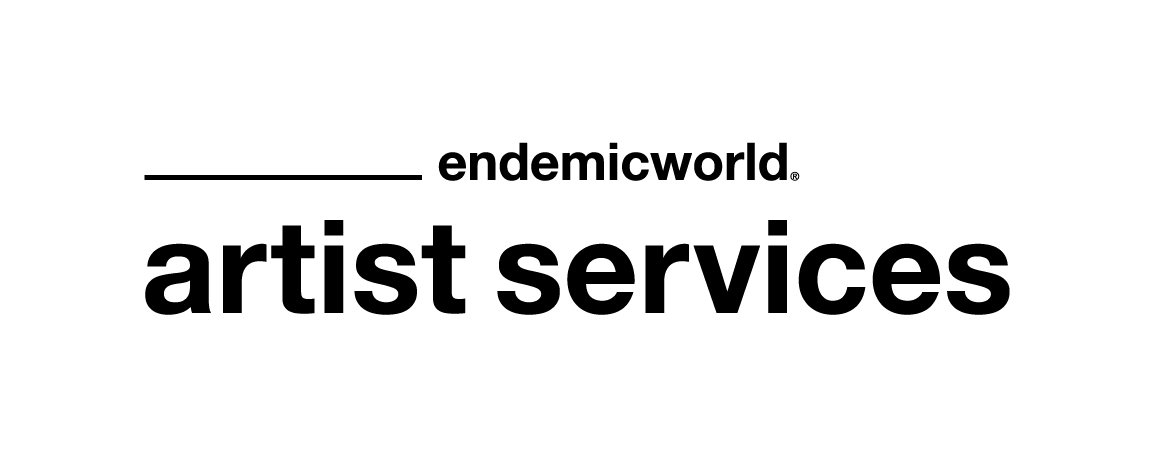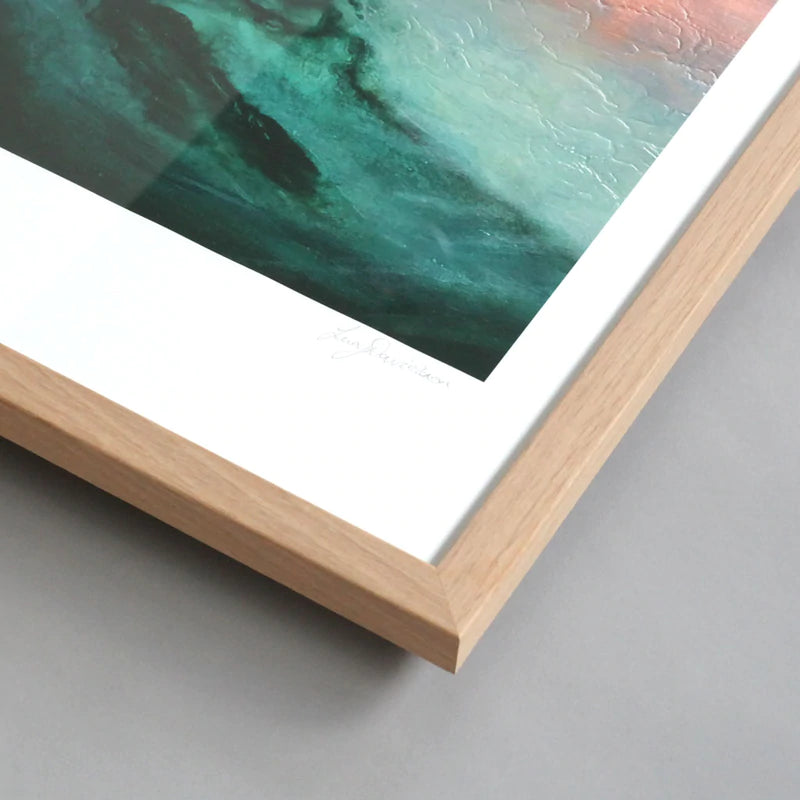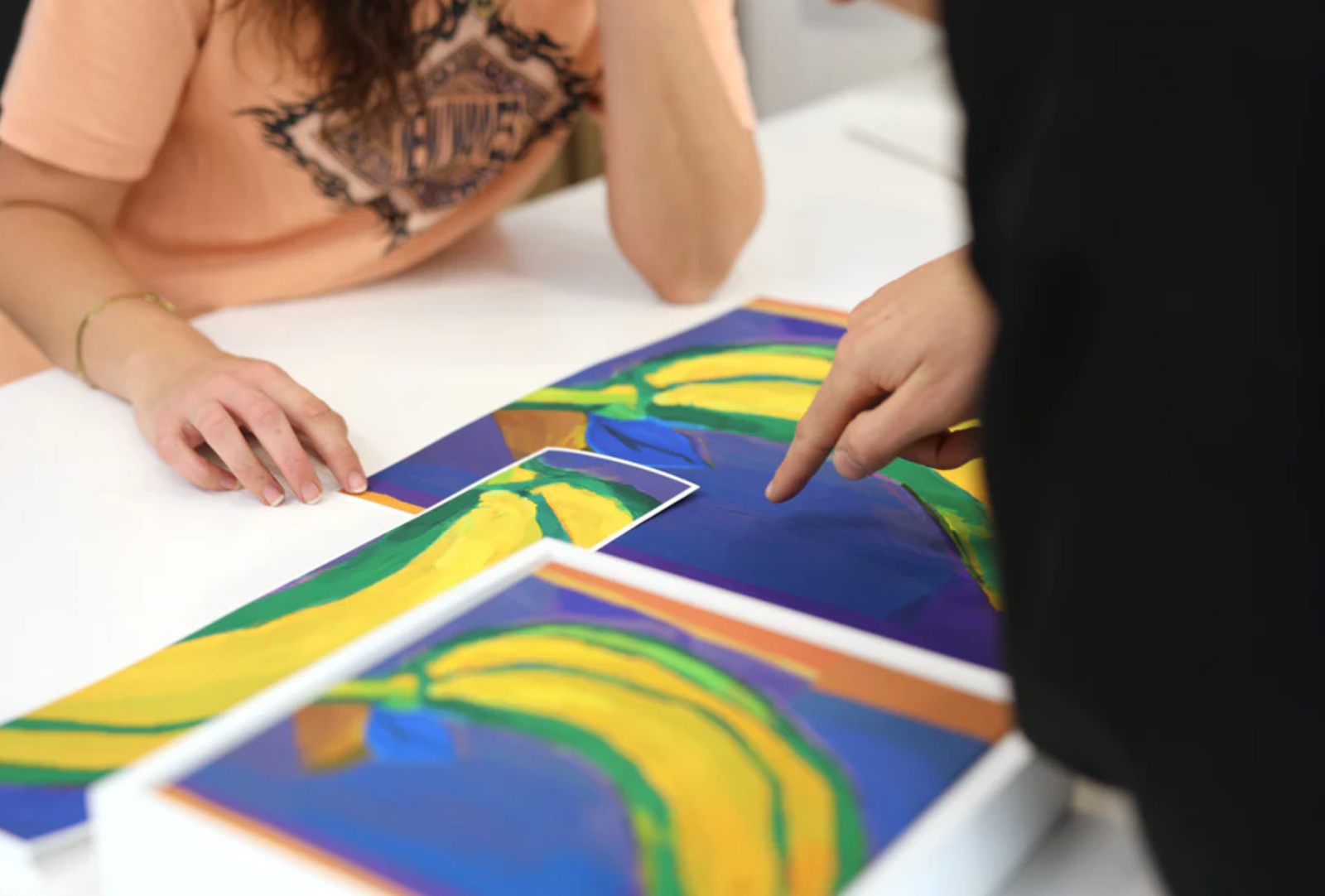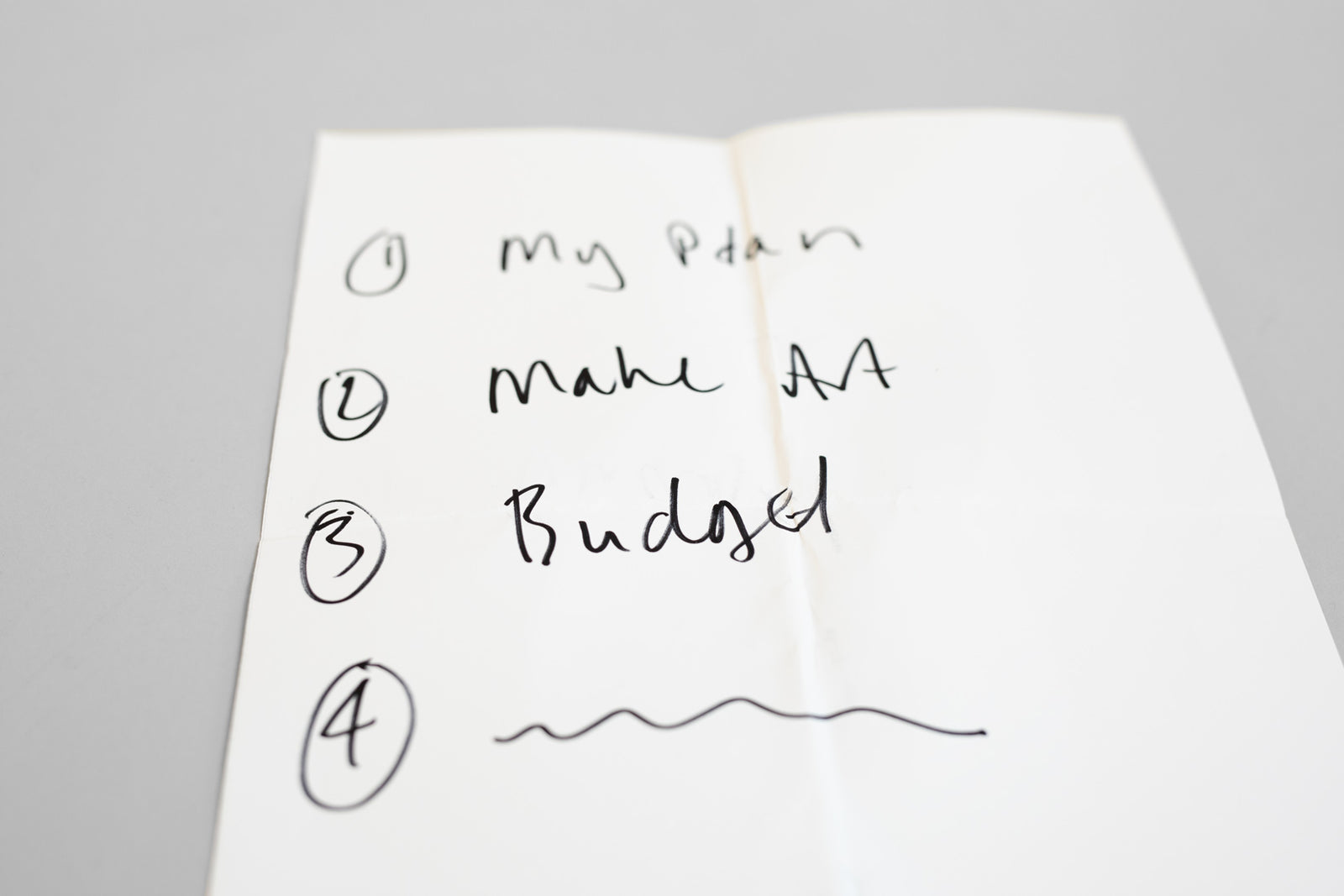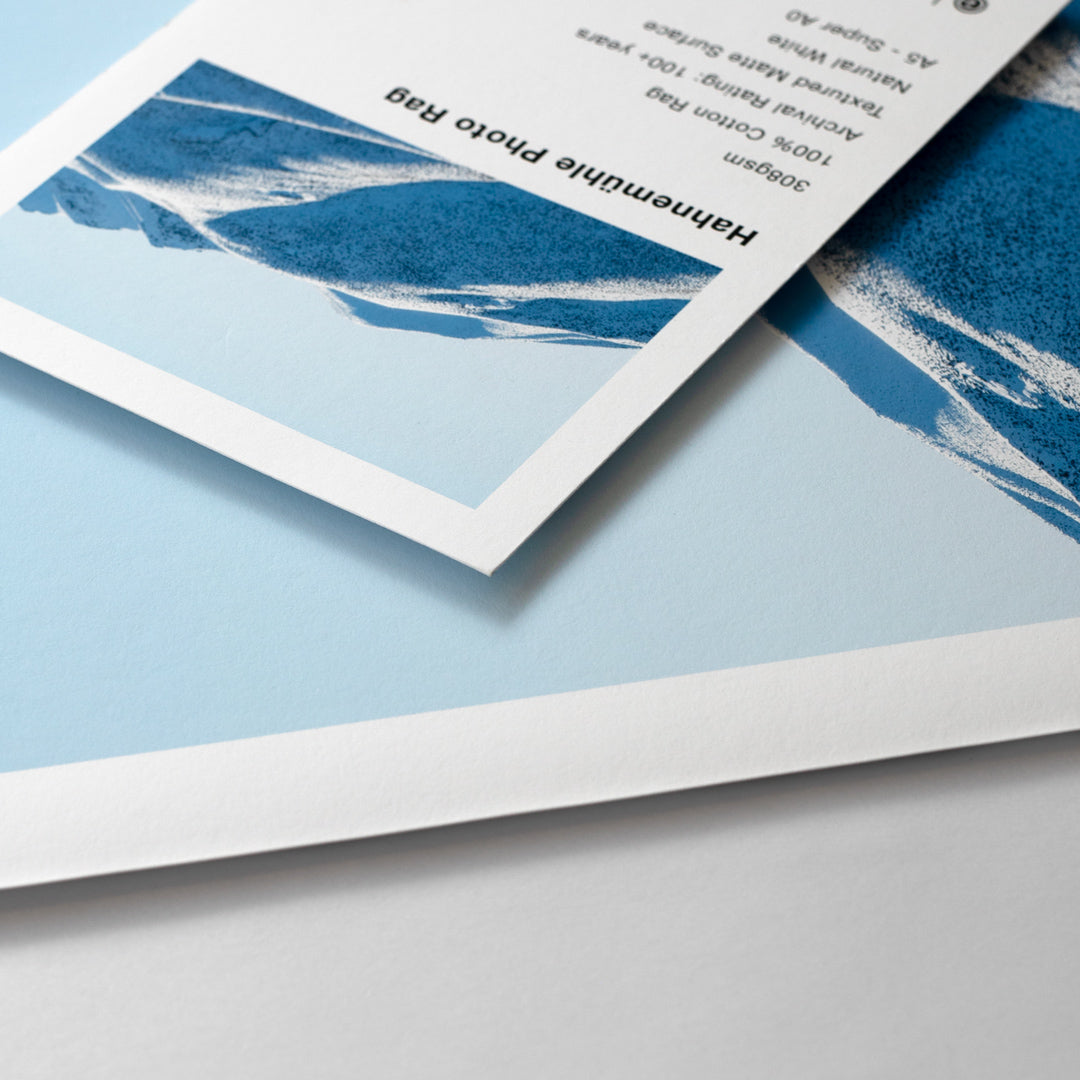Artist Services was born out of endemicworld, an art gallery with 14 years of experience helping artist sell art. The market of selling art has changed hugely over that time, so through Artist Services we want to share with you the knowledge we have gained, and provide you with real examples, of real artists implementing the strategies detailed in this blog post, and how they have worked for these independent artists.
Stick to these three things, your time is valuable!
There is no science behind these three revenue growing strategies, they are simple and gathered knowledge from what we see work everyday at endemicworld. Whether they work for you or not relies on you implementing and maintaining them. Running your own art business isn’t easy, so choosing what you spend your time on is really important and we think this is valuable for anyone whether art is your full-time gig or more of a side hustle.
This blog post is specific to growing revenue, not a social media following (that blog is coming soon).
The three revenue growing strategies for artists are:
1. Create New Revenue Streams
2. Offer A Range of Prices
3. Make More Art
Let’s break these down:
1. Create New Revenue Streams
14 years ago when endemicworld first opened the traditional model for selling paintings was through exhibitions or dealer galleries. The internet has opened that right up and now it’s never been easier for artists to generate recurring revenue, and trying one or two without too much risk or investment makes it even easier.
Selling Art Prints
I’ve heard artists say “I could have sold that painting 10 times.” over and over again. Offering art prints is a way to do exactly that, and will generate higher revenue from a single piece of art. We have seen some artists make just as much (or in some cases more) revenue from their art print sales. Some artists are even painting just to make print runs. You can make more money over the life of the work as a print than selling it once as a painting.
Here’s a quick example:
Sell one painting for $2000 = total revenue is $2000
Sell one painting for $1700 and 20 prints at $80 each = total revenue of $3,300
Sell one painting for $1400 and 40 prints at $60 each = $3,800
This shows how selling the painting for a more affordable price, but offering prints of it can almost double the total revenue from the one painting.

Jen Sievers running a painting workshop in 2018
Other Revenue Streams to Consider
When thinking about what else you can offer your customers to create revenue, aim for achievable tasks.
Ideas for other revenue streams:
Workshops (physical or digital), merchandise, t-shirts or calendars, educational videos on platforms like Skillshare, exclusive content through Patreon, group pop-up events, (share the load with other artists) stalls at markets, open studio sales, NFT’s or other digital content you can sell more than once, tutoring for school holiday programmes, art fairs or school art auctions. Your creativity and skill need not be limited to a physical artwork, see the value in your creativity, back yourself and give something new a go.
It might take longer than you think to get sales from your new revenue stream. Creating a full-day mural workshop will take a lot more planning and money than a calendar that you design and print yourself. Choose one to start with, dedicate some of your resources (usually time and money) and a chance for it provide return.
If you want to grow your sales and revenue as an artist - add more revenue streams.
Creating new revenue streams means:
• Getting the most out a single artwork.
• Starting with one idea and focusing on that before adding more streams.
• Diversifying your creativity and seeing the value in your skills.
2. Offer a range of prices
Only having high priced works may result in long gaps between sales. Only having low priced works, means having to reach a high number of sales to achieve the same result. Offering a range of prices across your collection of art gives you a better chance of having a more even cash flow and higher overall revenue each year.
A few expensive works
I’ll use a real story for this one. For the sake of the story we will call the artist Sally. Sally is a painter, and on average sells 4 paintings a month in the $1,000 - $1,500 range. Sally’s annual sales in 2021 were $36,000 (epic). They are really happy, but this is after 4-5 years of hard work and they still have to prop up their income with part-time work. Their overall return is also decreasing as the cost of materials (and everything) keeps increasing.
Sally decided to paint a very large work and price it at $6,800, it sold 3 months later. Sally was pumped. Their sales income for 2021 jumped from $36,000 up to $42,800 because of one big sale. So imagine if Sally could paint 4 big paintings per year and sell two. Their annual sales would go from $36,000 to $49,600.
The moral of the story - it’s always a good idea to have a smaller collection of higher priced works on offer. Even if you have never attempted to sell a larger, more expensive work before, the cost to try is not exponentially higher than your smaller work, it’s also a great way to test the waters for finding your price ceiling. This is easier when the work is physically bigger. There is always a maximum price someone is prepared to pay for a smaller work purely based on its size.


Sometimes it might not feel worth your time selling a lower priced item like a print or t-shirt for $60, but if you get one sale a week at $60, that’s a cheeky $3100 in additional sales for the year. You may find there are a lot of fans or followers that engage with you but can’t quite afford one of your more expensive works. Offering some lower priced choices gives all of your potential customers access to your work. When I think back to the years before I began endemicworld, I would go to open studio sales every year and grab a few prints from the $50-$200 range. It was what I could afford, even though I would have done anything for a large original painting.
A trick to help these sales not feel so much like a chore is too concentrate them to specific times to make the load more manageable. An example of that might be releasing one art print or t-shirt design each season. Making them exclusive for an amount of time, pushing them for a couple of weeks, then fulfil those orders all at once over a couple of days at the end of the sale period. A local NZ artist I work with sells their calendars from September 1 - November 30. They might get around 150 pre-sales, so they will do a print run of 200 calendars. Fulfilling the 150 by mid December and leaving them with 50 to sell up to the end of January.
If you want to grow your sales and revenue - offer a range of prices
Offering a range of prices means:
• More people can access your art.
• The increased potential for a couple big sales each year
• Small sales can add up to big numbers if done effectively
3. Make More Art
The more art you have available on offer the more potential sales you have. More paintings listed on your own website (or a galleries) means more choice for customers. More pages for Google to index, more thumb scrolls on a mobile, more image search results when someone searches your name.
People love choice
Imagine searching for a new pair of shoes to buy online. You find a cool shop, but there are only 6 pairs to choose from, you loose interest straight away and after searching a few more shoe shops you end up buying from a website that had 90 pairs to choose from. The same pair was on the first website that had only 6 pairs to choose from, but it wasn’t enough to keep you engaged, so you left and purchased somewhere else.
It’s a consumer pattern driven mostly from shopping on mobile phones and applies to the way more people are now buying art. You can’t change these patterns, but you can make sure you use them to your advantage when trying to go grow your art sales.
We see this pattern on endemicworld.com, artists who have collections of 20 or more artworks have higher sales vs artists who have smaller collections.

Jodi Clark in her Whanganui studio
Total value of art available
Keep in mind you won’t always sell everything all the time. If you have 10 paintings available but only sell 50% of them, then your max revenue for the year will only be half the total retail value of your available work. If you want to make $50,000 in sales this year, make sure you paint $100,000 worth of art. If you are able to sell more than 50% of all of your years work then you’re doing well.
Building your collections & sales momentum
Don’t make the common mistake of waiting for a painting or series of paintings to sell out before you begin your next collection. If you sell a collection of paintings/prints and then have very few left to sell, your income will stop until you have more work to sell. So keep painting and growing your collection of artwork.
If you’re worried about having too many paintings out there you’re worried about the wrong thing. We can think of an artist who has their own studio and gallery, and always 10-15 paintings on the wall with the same number out back ready to hang as soon as one sells. Full gallery, lots of choice.
If you really want to grow your sales and revenue - make more art.
Making more art means:
•More choice for your customers.
• Increases the total potential value of sales.
• Builds sales momentum.

Those are our three strategies to help you grow your revenue.
1. Add More Revenue Streams
2. Offer A Range of Prices
3. Make More Art
Hopefully this article helps you answer the question “What can I do as an emerging independent artist to grow my sales?” If this all sounds easier said than done start with one, focus on that and then try the next one and then the next. And just like that you have implemented and maintained, three strategies to help you grow your revenue as an independent artist. Good luck!

